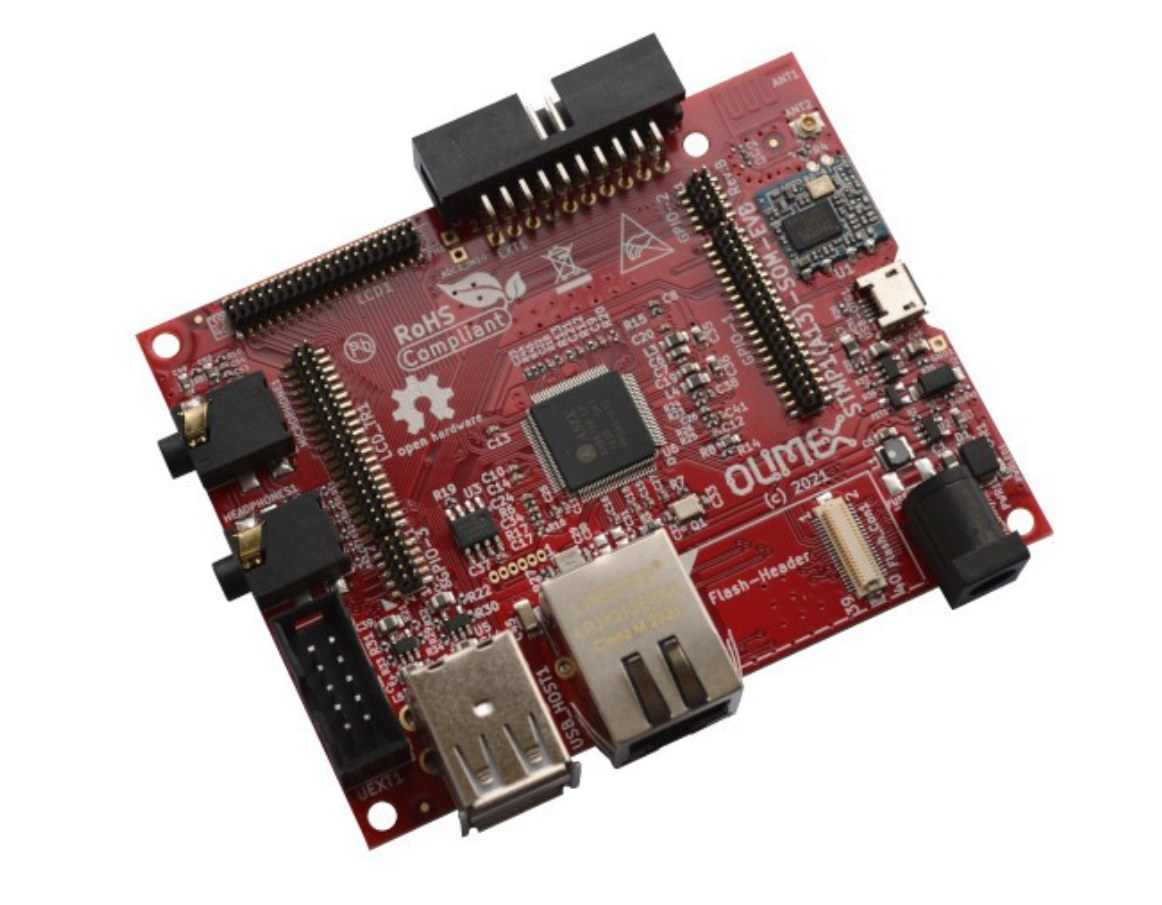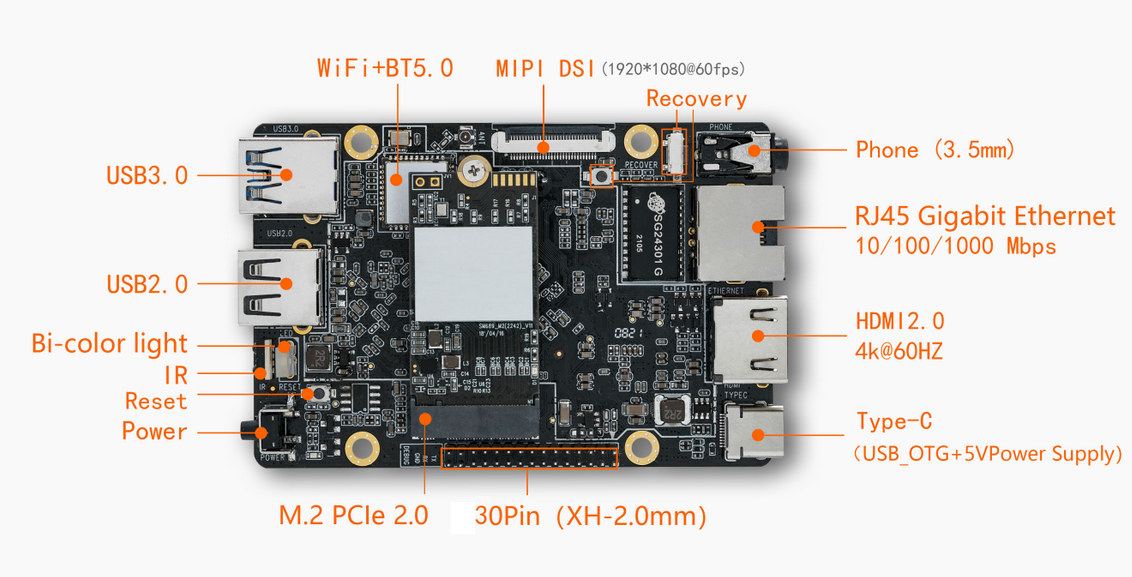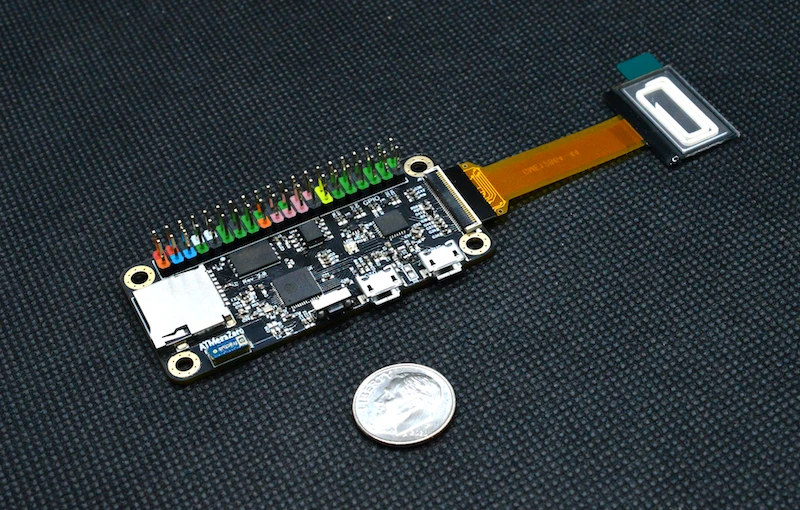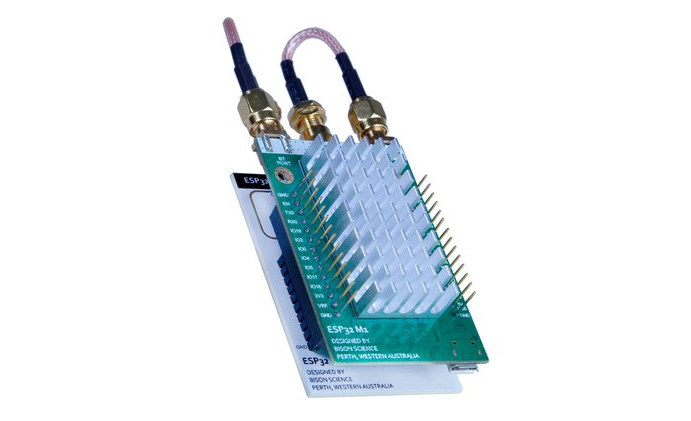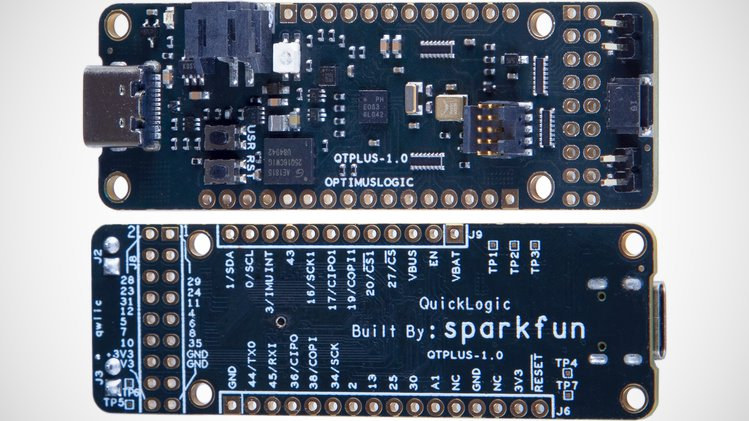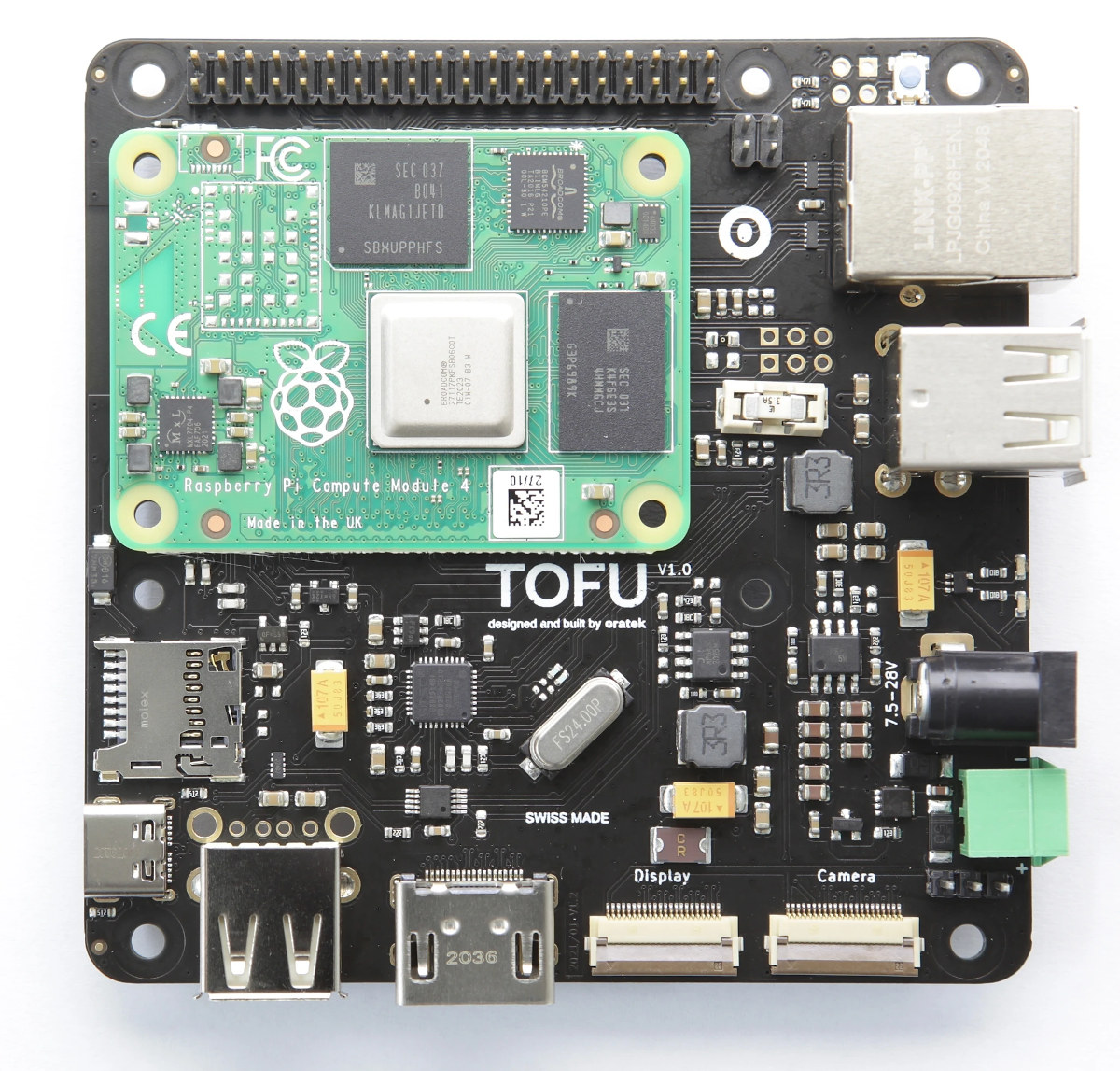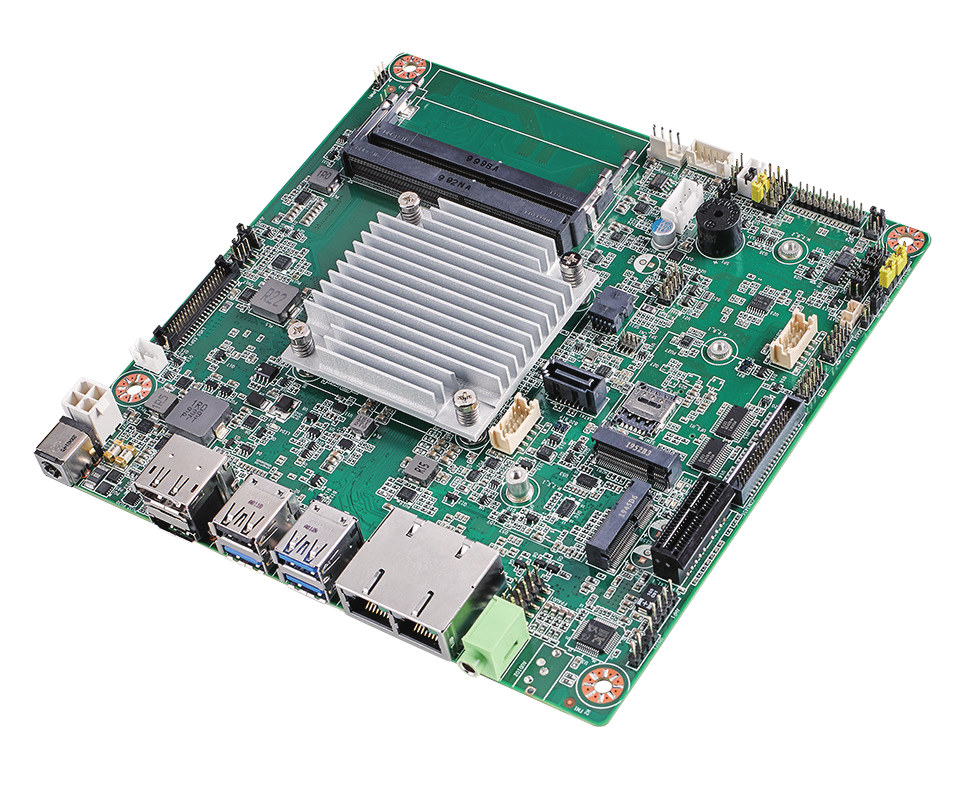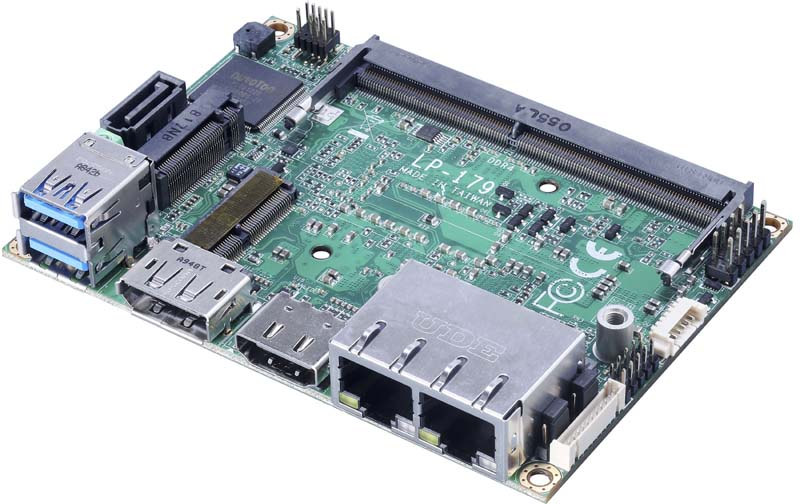Olimex STM32MP1 SoM and evaluation board support Linux 5.10
Olimex has just announced the availability of an STMicro STM32MP1 Cortex-A7/M4 powered system-on-module (SoM) and an evaluator board with respectively STMP15X-SOM available in extended and industrial temperature variants, as well as STMP1(A13)-EVB evaluation board that works with the new STM32MP1 module, as well as earlier A13-SOM Allwinner A13 based system-on-module. Beyond the hardware, the company told us their upcoming STMP1-OLinuXino-LIME2 SBC could support mainline Linux in February, and the company prepared some Linux 5.10 based Debian Buster and Ubuntu Focal images which are now also available for the STMP15X-SOM module. STMP15X-SOM system-on-module Specifications: SoC – STMicro STM32MP151/153/157 dual-core Cortex-A7 @ 650 to 800MHz and Arn Cortex-M4 real-time core @ 209 MHz System Memory – 256 or 512 MB DDR3L Storage – MicroSD card socket Audio – On-module audio codec Board-to-board connectors GPIO-1 40-pin connector with 39 GPIOs, 3x UARTs, 1x QuadSPI, 2x I2C, 2x eMMC GPIO-2 10-pin connector with USB […]


